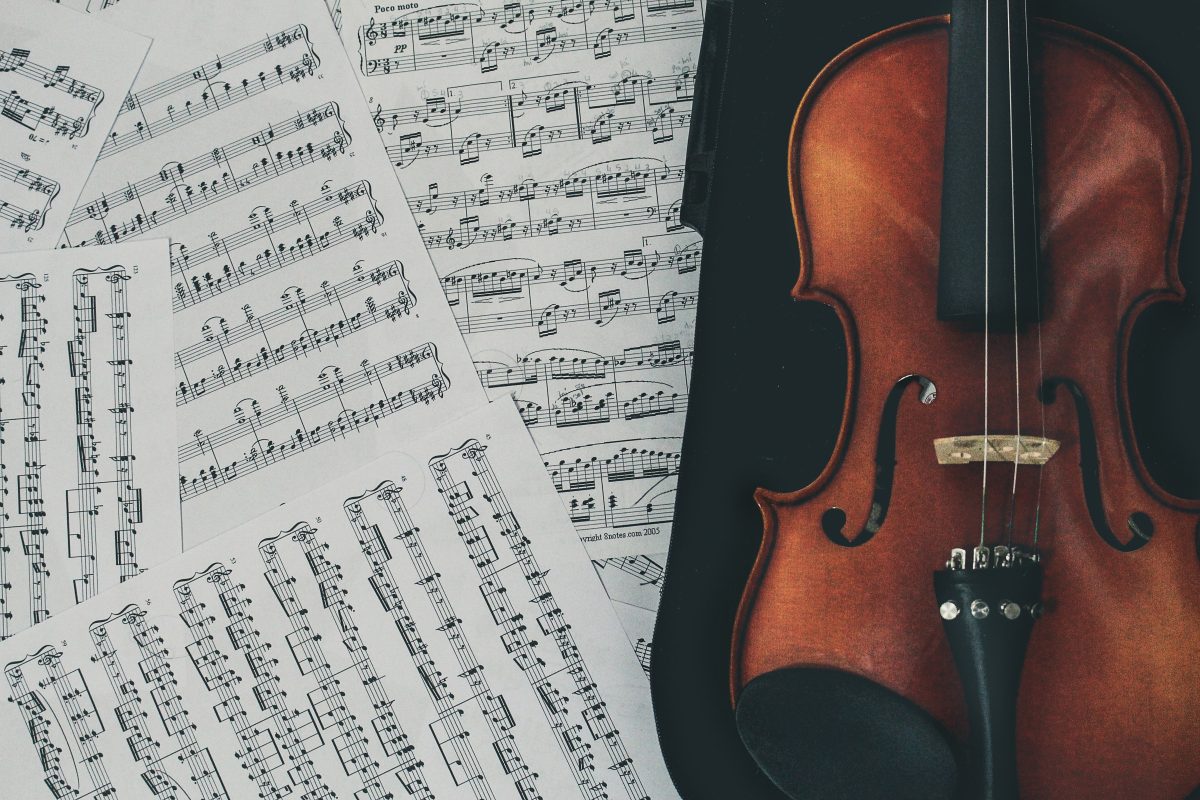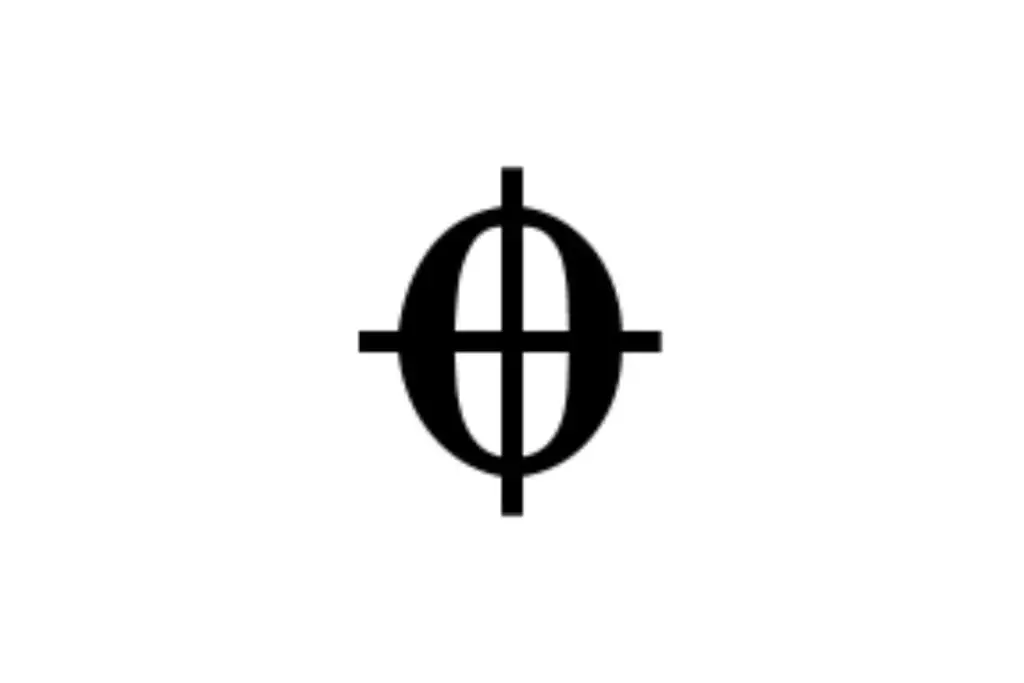Are you ready to unravel the intriguing finale of musical masterpieces? The perfect ending, a surge of emotions, and an unforgettable musical impact, but what is a coda? Let’s dive in and uncover the magic together! Whether you’re an aspiring musician or simply someone who enjoys listening to music, understanding what a coda is can enhance your appreciation and comprehension of musical compositions. In this article, we’ll unravel the mystery behind this musical term and discover its significance in shaping the overall structure and impact of a piece.
What is a coda in music? A coda in music is the concluding section of a song or composition that brings the entire piece to a close, leaving a lasting impression on the listener.
What does “coda” mean?
A coda refers to the musical element at the end of a song or composition that brings the whole piece to an end. It acts as a powerful conclusion, leaving a lasting impression on the listener. The length of a coda can vary, ranging from just a few bars to an entire extended section that adds depth and impact to the composition.

Origin and etymology of the word “coda”
The word “coda” carries a rich historical lineage that adds depth to its musical meaning. Originating from Italian, “coda” literally translates to “tail.” It’s no surprise, then, that in the realm of music, a coda represents the tail-end of a musical piece, serving as the concluding section. The Latin equivalent of “tail” is “cauda,” further emphasizing the connection between the term and its musical usage.
Now, you might be wondering, what about “codetta”? Well, a codetta is a similar concept, meaning a “little tail” in Italian. While a coda typically concludes an entire piece or movement, a codetta is used to end a single section of a song, adding a sense of closure before transitioning to the next part. It’s like a mini-coda within a larger musical structure.
The cultural and linguistic influence on musical terminology is fascinating. Across different languages, we find unique words that describe musical concepts, each carrying its own nuances. Exploring the etymology of these terms opens up new dimensions of understanding and appreciation for the art of music.
AKAI Professional MPK Mini MK3

AKAI Professional MPK Mini MK3
What is the role of coda in home recording studios and music production?
When it comes to home recording studios and music production, understanding the power of codas can greatly enhance your creative process. Incorporating well-crafted codas in your compositions can give your music that professional touch and leave a memorable impact on your listeners. By studying and analyzing the codas of your favorite songs, you can gain valuable insights into effective techniques for concluding your own musical works.
Dos and don’ts of codas in music production
| Dos | Don’ts |
|---|---|
| Experiment with different chord progressions and melodic variations in your codas | Don’t rush the coda; allow it to breathe and have its intended impact |
| Use dynamics and instrumentation to build tension and create a sense of climax | Avoid clichéd or predictable endings; strive for original |
Consider experimenting with different styles and genres that often employ codas. The strategic use of codas can elevate your compositions to new heights. So, don’t underestimate the significance of codas in your own musical endeavors!
What is the difference between coda, codetta, and cadence?
While coda, codetta, and cadence share similarities, they each serve distinct roles in the world of music. Understanding their differences sheds light on the intricacies of musical composition and structure.
| Concept | Definition |
|---|---|
| Coda | The concluding section of a song or composition. |
| Brings the entire piece to a close, leaving a lasting impact on the listener. | |
| Can vary in length, ranging from a few bars to an extended section. | |
| Codetta | Serves as a transition or punctuation mark within the piece. |
| Provides a sense of closure within a specific musical segment. | |
| It can vary in length, ranging from a few bars to an extended section. | |
| Cadence | A shorter section, typically less than a single bar in length. |
| Creates a sense of resolution within a musical phrase or progression. | |
| Various types of cadences exist, including authentic, half, plagal, and deceptive cadences, each with distinct tonal characteristics. |
What is the musical symbol for the coda?
Sheet music serves as a vital tool for musicians, and the inclusion of the coda symbol carries important instructions for performers. Let’s explore the significance of this symbol and how it guides musicians through the musical journey.

The coda symbol, represented by a circle with a cross inside, is used to indicate specific points of interest within a musical composition. Its primary function is to mark the exit from a repeated section that is not at the end of the section as expected. When encountering the coda symbol in sheet music, you’ll often see the accompanying instruction “al coda,” which translates to “go to coda.”
Navigating musical structure with coda symbols
Repeating sections and jumping to the coda
In musical compositions, certain sections may be repeated to reinforce certain musical ideas or create a sense of familiarity. However, to avoid excessive repetition, the coda symbol comes into play. When musicians encounter the “al coda” instruction, they play through the repeated section until they reach the coda symbol. At that point, they immediately jump to the coda section, skipping the remaining part of the repeated section.
Example of the coda symbol in sheet music
To better illustrate how the coda symbol functions, let’s consider an example. Suppose a melody includes a repeated section of two bars. The second time through, the sheet music will feature the “al coda” instruction, indicating that on the second repetition, the musician should play until the coda symbol appears, bypassing the rest of the repeated section. This allows for a more dynamic and varied musical performance.
Pay close attention to the “al coda” directive and practice transitioning smoothly from the repeated section to the coda, ensuring a seamless and cohesive performance.
For musicians learning or performing a piece of music that contains code symbols, it’s essential to carefully follow the instructions provided in the sheet music. Pay close attention to the “al coda” directive and practice transitioning smoothly from the repeated section to the coda, ensuring a seamless and cohesive performance.
When using music production software or digital audio workstations (DAWs), you’ll find various features and tools that allow you to mark and navigate through different sections of a composition. Take advantage of these functionalities to indicate and jump to the coda sections within your digital projects. This way, you can effectively structure your musical arrangements and ensure a smooth flow from repeated sections to impactful codas.
Advantages and disadvantages of incorporating extended codas in music production
When it comes to music production and creating captivating codas, there are both advantages and disadvantages to consider. Let’s explore the pros and cons of incorporating extended codas into your musical productions.
Advantages
- Enhanced Emotional Impact: Extended codas have the potential to amplify the emotional impact of a musical composition, allowing the listener to fully immerse themselves in the experience.
- Musical Development: Lengthy codas provide an opportunity for musical development by introducing new melodies, harmonies, or rhythms, adding layers of complexity and depth to the composition.
- Memorable Endings: Extended codas create memorable endings that linger in the listener’s mind, leaving a lasting impression and solidifying the musical journey.
Disadvantages
- Attention Span: Lengthy codas can test the listener’s attention span, particularly in genres where concise and focused compositions are more common.
- Lack of Variety: Prolonged codas may lead to a lack of variety within a musical piece, potentially affecting the overall balance and dynamics of the composition.
- Unintended Monotony: If not executed effectively, an extended coda can inadvertently create monotony by overstaying its welcome, resulting in a diminishing impact on the listener.
Incorporating extended codas into your music productions can be a powerful tool to craft impactful endings. Still, it’s important to strike a balance between musical development and maintaining the listener’s engagement. So, when it comes to incorporating extended codas, carefully consider the advantages and disadvantages to ensure your musical creations strike the perfect balance and leave a lasting impression on your audience.
If you want even more great tips and information, check out the video.
Frequently Asked Questions (FAQs)
Below are some of the commonly asked questions about coda in music.
Can a coda be added to any type of musical composition?
Yes, codas can be added to various types of musical compositions, regardless of the genre. Whether you’re creating classical symphonies, pop songs, rock ballads, or electronic tracks, incorporating a well-crafted coda can bring your composition to a satisfying close and leave a lasting impact on your listeners.
Are codas only used in longer musical pieces, or can they be included in shorter songs as well?
Codas are not exclusive to longer musical pieces. While they are commonly found in extended compositions like symphonies or progressive rock epics, they can also be effectively incorporated into shorter songs. Even a brief coda can add a touch of grandeur or provide a sense of resolution to a concise musical piece.
Is it possible to create a coda that transitions seamlessly from different musical sections?
Absolutely! Seamless transitions between different sections leading into a coda are highly desirable and contribute to the overall impact of the ending. By carefully arranging and structuring your composition, utilizing appropriate musical techniques, and paying attention to key changes, dynamics, and thematic material, you can create a coda that flows naturally and captivates the listener.
Conclusion
We’ve journeyed through the captivating world of codas, exploring their significance, historical context, and role in different musical genres. Hopefully, you’ve gained valuable insights into this musical element that adds that extra touch of magic to compositions. But before we part ways, let me ask you: Did I cover everything you wanted to know? Let me know in the comments section below (I read and reply to every comment). If you found this article helpful, share it with a friend, and check out my full blog for more tips and tricks on mastering the art of music content generation. Thanks for reading, and keep the rhythm of curiosity alive!
Key Takeaways
This article covered the topic of codas in music. Here are some key takeaways:
- A coda is a musical element at the end of a composition that brings the piece to a close and can greatly influence its impact on the listener.
- Codas can vary in length, from just a few bars to entire sections, and can be found in various musical genres.
- The coda symbol in sheet music indicates specific points where performers should transition to the coda section.
- Incorporating extended codas in music production can enhance emotional impact, provide musical development, and create memorable endings.
- It’s important to strike a balance between the advantages of extended codas and potential challenges, such as attention span and maintaining variety.















